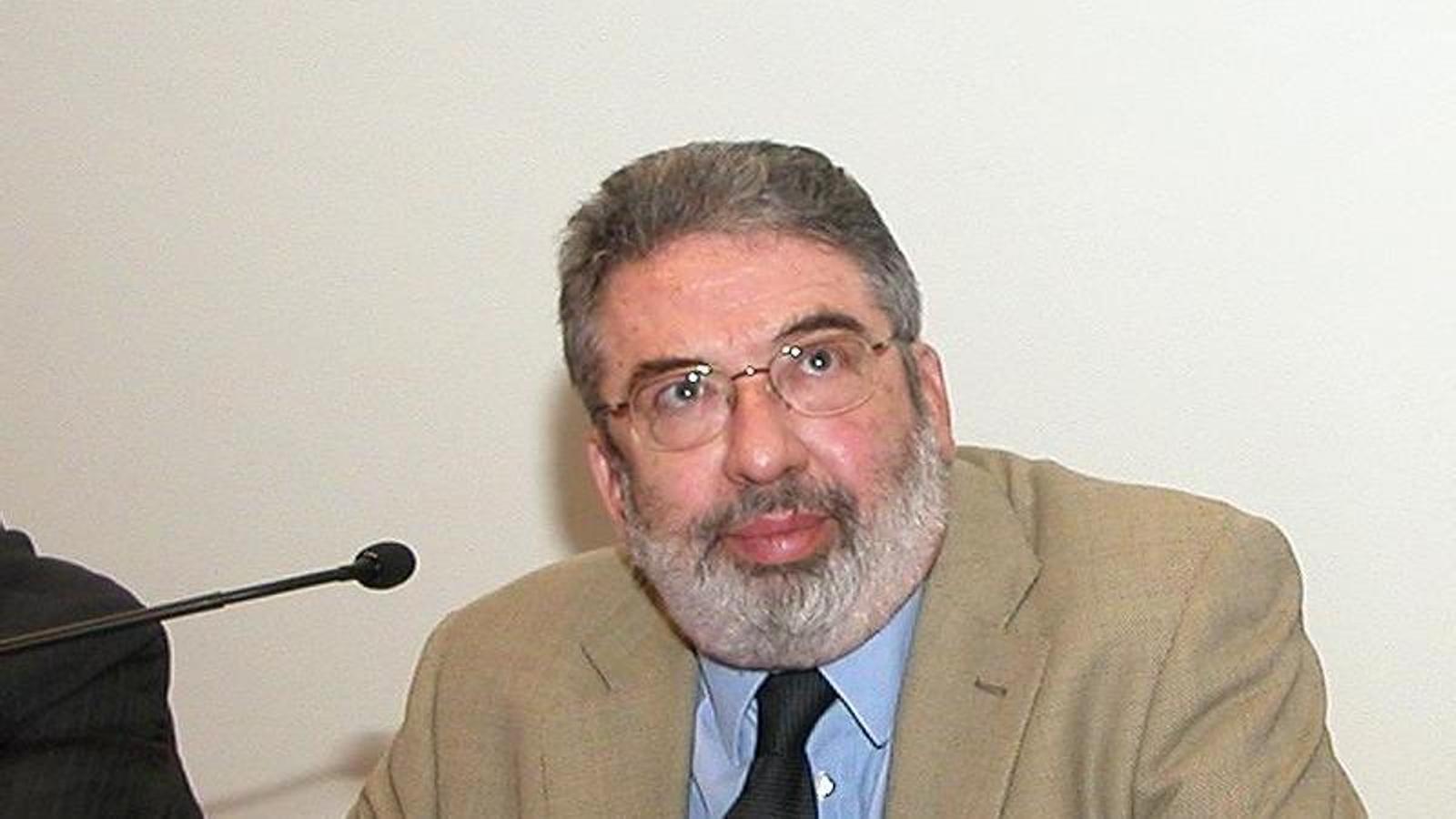Professor Eduard Carbonell, former director of the MNAC, dies
He was the Director General of Heritage and participated in the creation of the Museums Law of 1990


BarcelonaEduard Carbonell, professor of art history and former director of the National Art Museum of Catalonia (MNAC), died on Sunday at the age of 79, according to Vilaweb and sources at the MNAC confirmed to ARA. Carbonell was the Director General of Cultural Heritage for the Catalan government between 1988 and 1994 and was considered a leading figure among Catalan museologists. Also in the institutional arena, he participated in the creation of the 1990 Museums Law (17/1990), the Library System Law (1993), and the Cultural Heritage Law (1993). In 2020, Carbonell received the Cross of Sant Jordi. Regarding his work at the MNAC, he led the reopening of the museum, reuniting all the collections that had been dispersed during the Civil War, from Romanesque to the early avant-garde movements. "Both the president, on behalf of the board of trustees, and the entire museum are deeply saddened by the death of Eduard Carbonell," says MNAC director Pepe Serra.
"We remember him as an essential figure of culture and art history in our country," Serra adds, referring to someone he considers a key figure in the consolidation and development of the museum. "A great expert in Romanesque art, an extraordinary colleague, a friend, and a person who, over the years, has continued to support and help the MNAC has passed away." Serra also announced that a tribute will soon be held to "commemorate his legacy."
The wake will be held this Tuesday at the Girona funeral home, and the farewell ceremony will be held on Wednesday at the same funeral home.
A wise man committed to his country
The death of Eduard Carbonell has sparked a wave of reactions in the cultural and political world: "If today Catalonia has become an example of preservation of cultural heritage it is thanks to the commitment, rigor and esteem of people like Dr. Eduard Carbonell, also key to the MNAC being one of the reference museums worldwide in the study and care of 'Island in X.
For the president of Òmnium, Xavier Antich, Carbonell has been "one of the greatest art historians in this country: passionate about the Romanesque and Gothic." Also in X, Antich recalled that Carbonell led "with an iron fist" the reopening of the MNAC, "conscious and convinced that he was constructing, for the first time, in a museum space, the historical and concrete story of a thousand years of Catalan art." He also recalled his role as a professor: "With a lifetime dedicated to study and research, this extremely rigorous professor, generous colleague and attentive conversationalist, endowed with the increasingly rare virtue of knowing how to listen, left an indelible mark on the university world, on the UdG and in the hearts of those who go from El... His deep commitment to Catalonia led him to dedicate all his intelligence and energy to heritage, culture, art and the university." "The country owes him a lot. A lot," Antich emphasized.
The Minister of Culture, Sònia Hernández Almodóvar, her predecessors, Ferran Mascarell and Mariàngela Vilallonga, and the Secretary of Culture, Josep Maria Carreté, have also published their condolences on X.
For the writer Josep Maria Fonalleras and the vice-rector of the UB, Agustí Alcoberro, Carbonell was a "wise man." While Fonalleras highlights that his legacy included the fact that he fought "until the end" to ensure that the Sijena murals remained in Catalonia, Alcoberro defines Carbonell as "a key figure in the definition and projection of Catalan cultural heritage."
Training in Catalonia, Madrid and Italy
Born in Barcelona in 1946, Carbonell studied philosophy and literature at the University of Barcelona (UB) and the Complutense University of Madrid, and moved to Italy to further his studies. He later earned a doctorate in art history from the UB with a thesis entitled Ornamentation in Catalan Romanesque painting. In the field of teaching, he was a professor at the Autonomous University of Barcelona (UAB) for sixteen years, being a professor of medieval art history at the University of Girona and the UAB itself.
Among his publications are Romanesque arts, medieval treasures of the National Art Museum of Catalonia (1997), Religious architecture in Catalonia from the 9th to the 10th century, Catalonia in the Carolingian period. Art and culture before the Romanesque period. (1999), and, with other authors, The Mediterranean and Art. From Muhammad to Charlemagne (2001).
He was also a member of the journal's advisory committeeBarcelona Medieval Studies Notebooks (1980-1995) and coordinator of the editorial committee, of the area of imagery, painting and object arts, of the workRomanesque Catalonia(1984-98) of the Fundació Enciclopèdia Catalana. Among his articles and contributions to collective works areEncyclopedia of Medieval Art(1995), The Dictionary of Art(1996),Romanesque art in Catalonia, in 2 volumes (1974, 1975),Catalonia in the Carolingian Period: Art and Culture Before the Romanesque Period (9th and 10th Centuries)(1999) and the manualEarly Christian art(2007).
